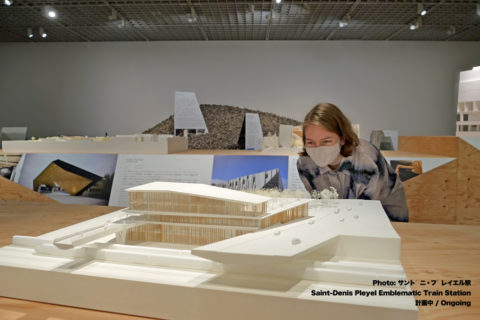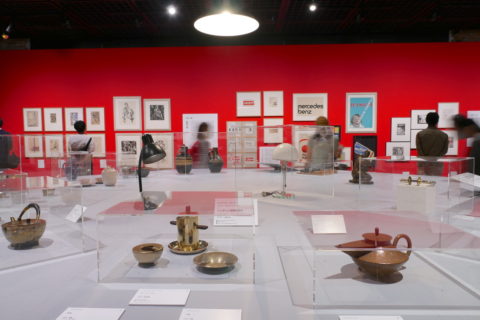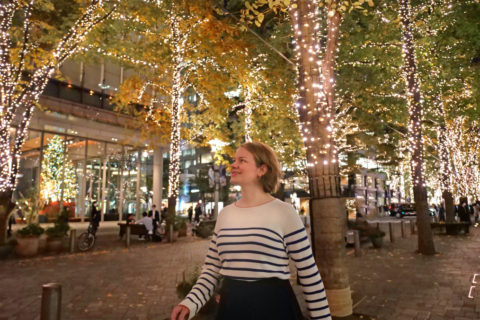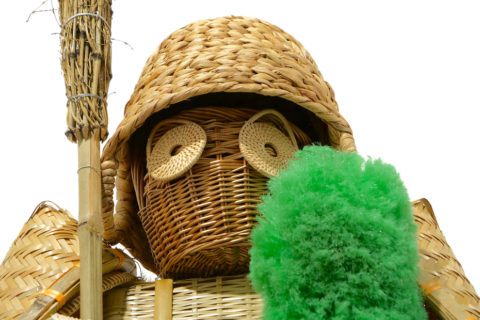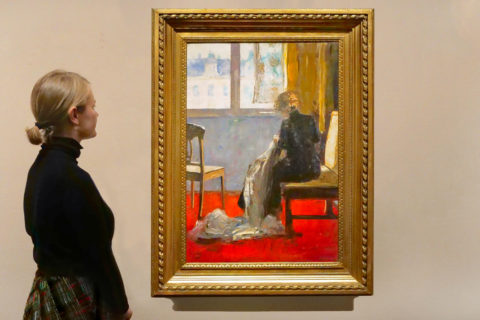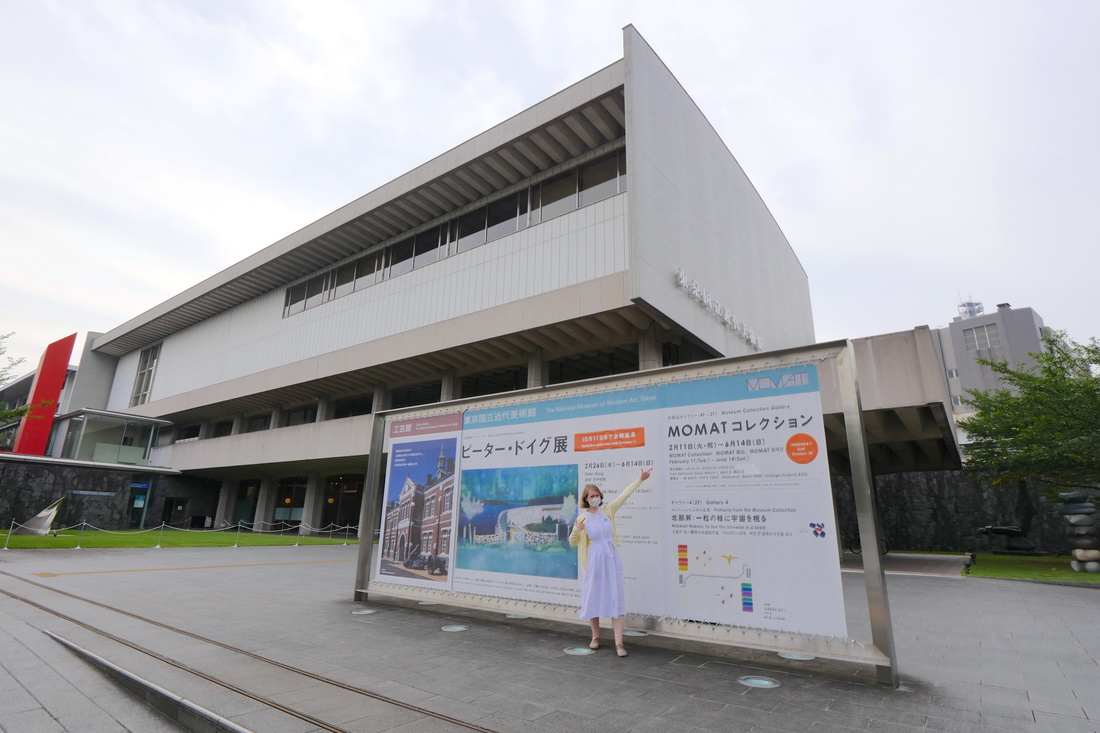
I went to see the “MOMAT Collection”, an exhibition held by the National Museum of Modern Art, Tokyo (MOMAT). Walking around the exhibition space consisting of 12 rooms, you can time travel through the history of Japanese art starting from around 1900 to the present day. How has Japanese art changed over time? Let’s explore the exhibition together!
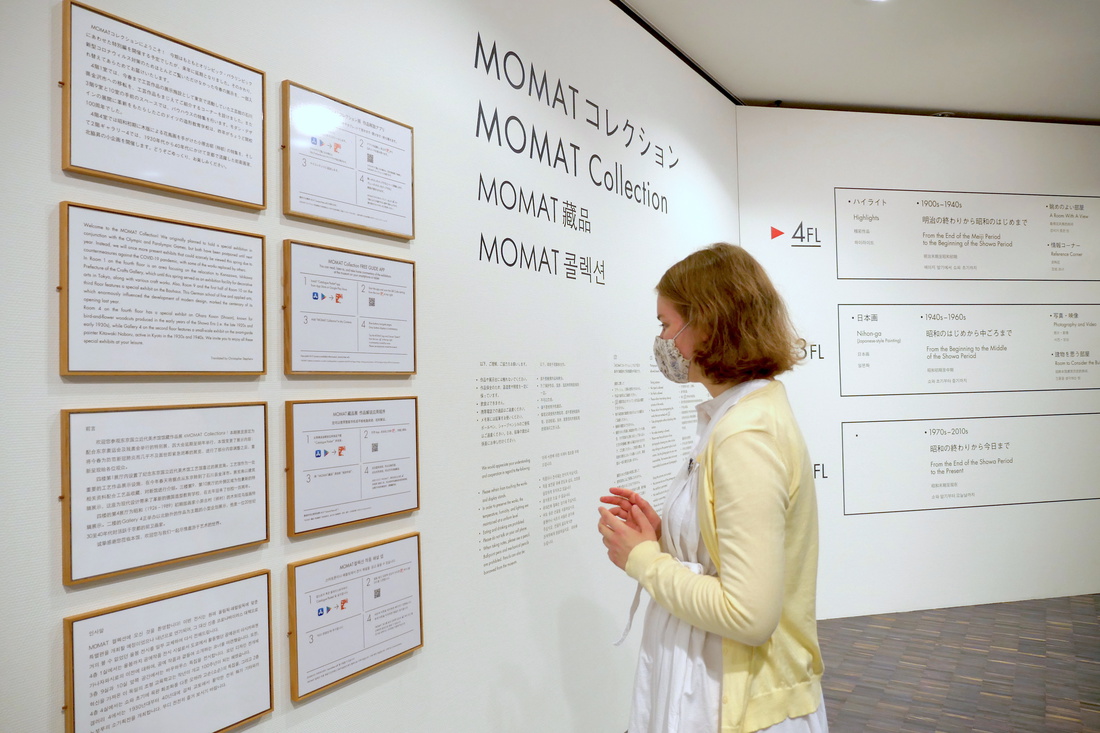
The MOMAT collection mainly showcases art pieces owned by the National Museum of Modern Art, Tokyo. They are exhibited on three floors, starting on the 4th floor and finishing on the 2nd floor. The first room is reserved for “highlights” while the other rooms take you on a journey through history.
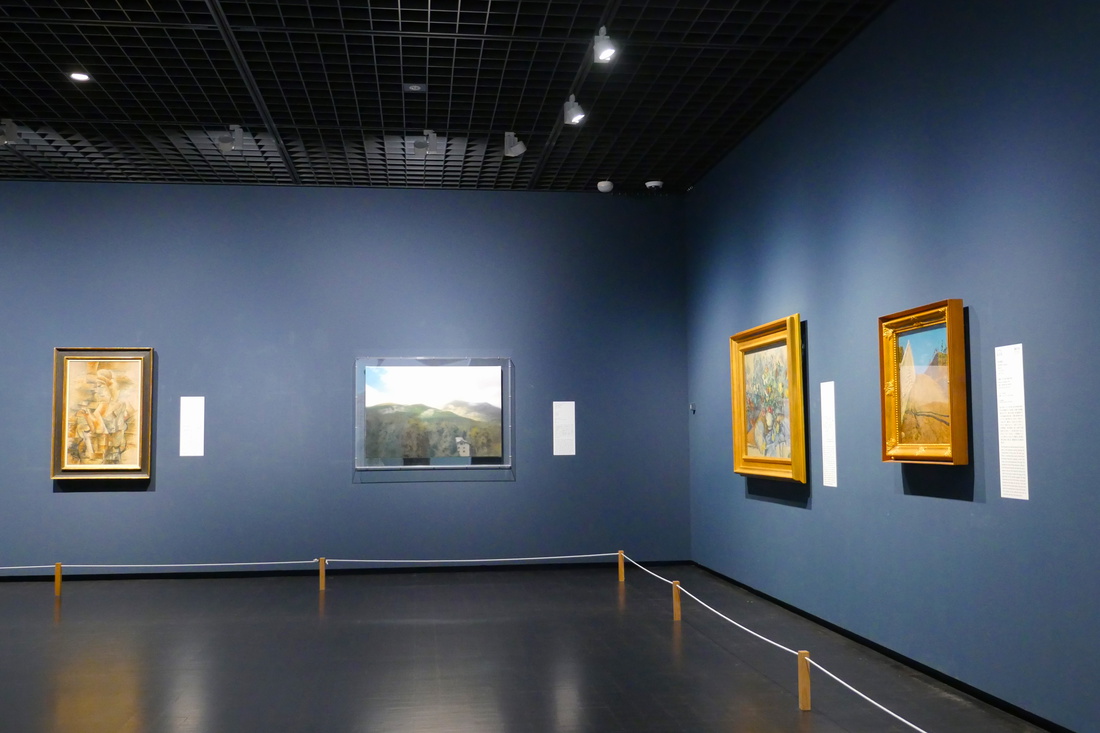
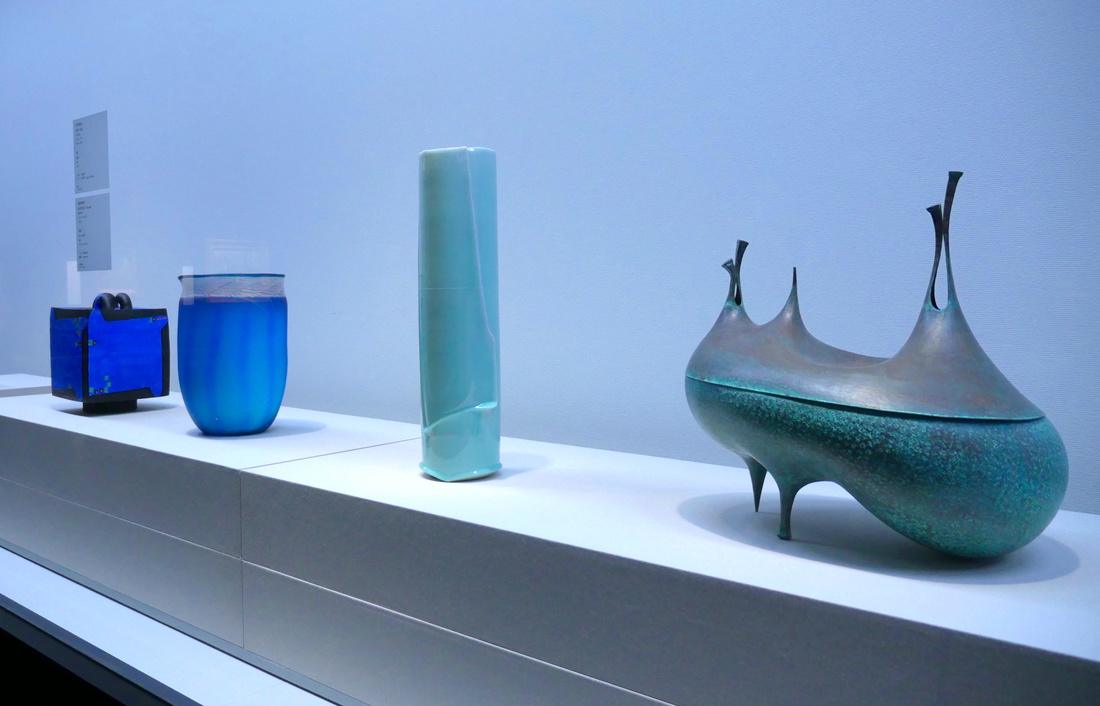
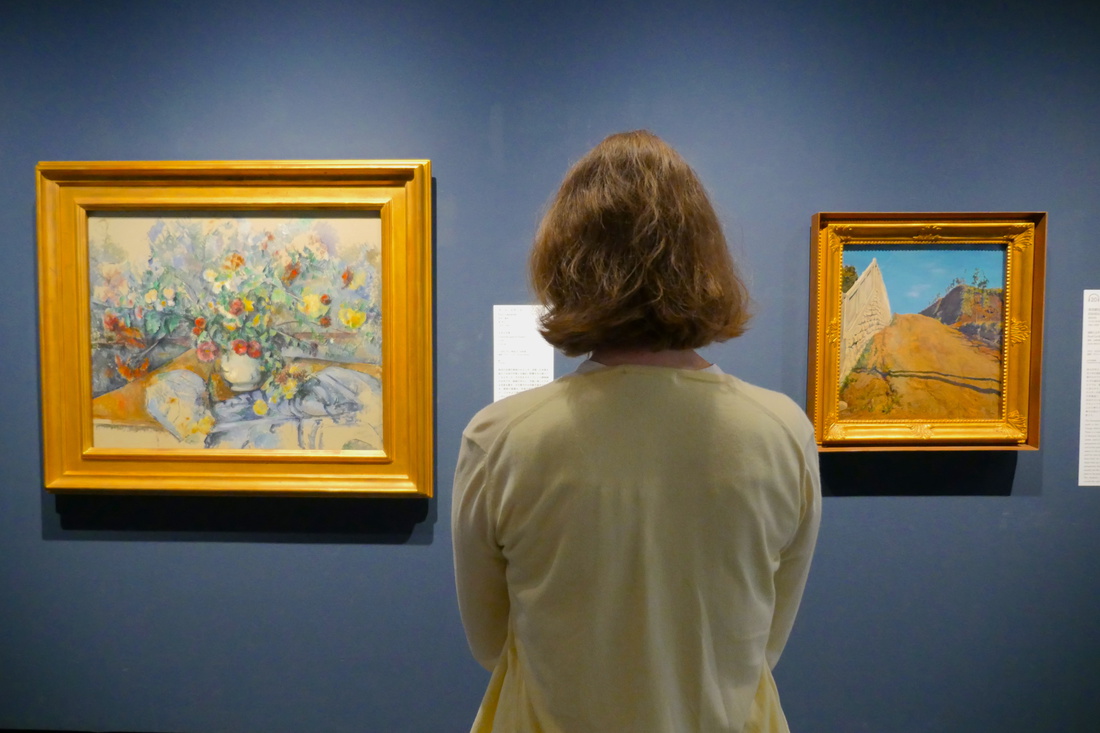
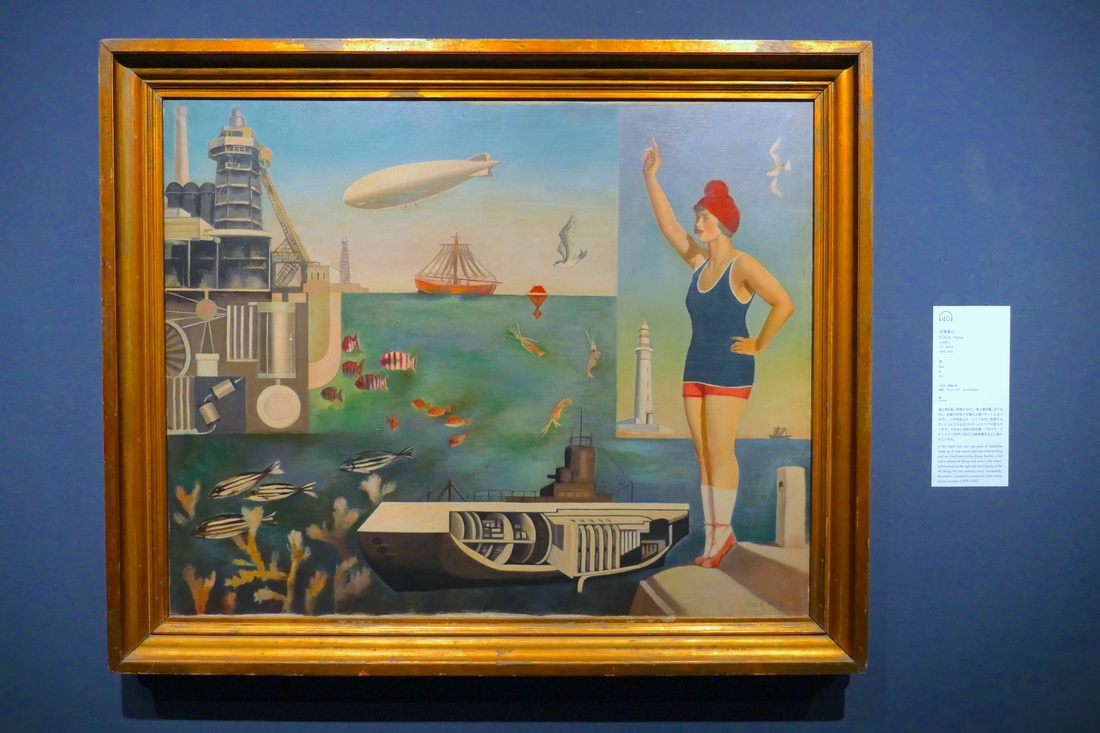
The main sections are “1900s-1940s”, “1940s-1960s”, and “1970s-2010s”. Showing pieces sorted by era, all rooms have their very own theme – like a sub-category. For me personally, it was fun to just walk into a room and try to guess the theme without reading the descriptions.
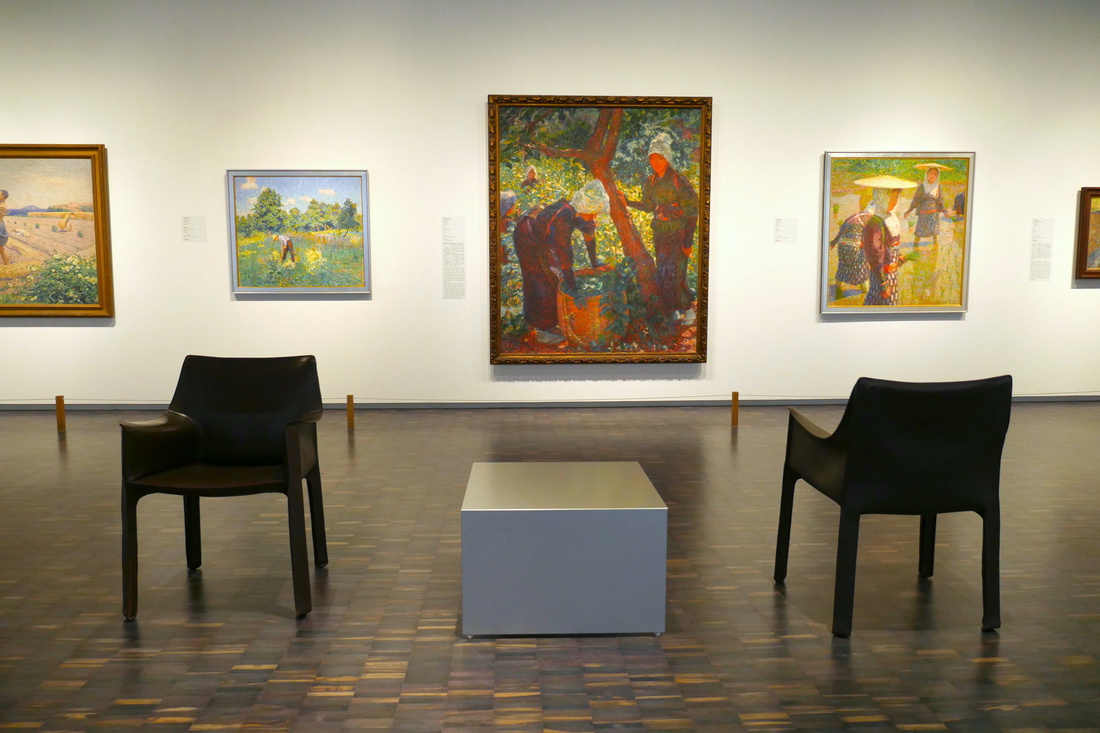
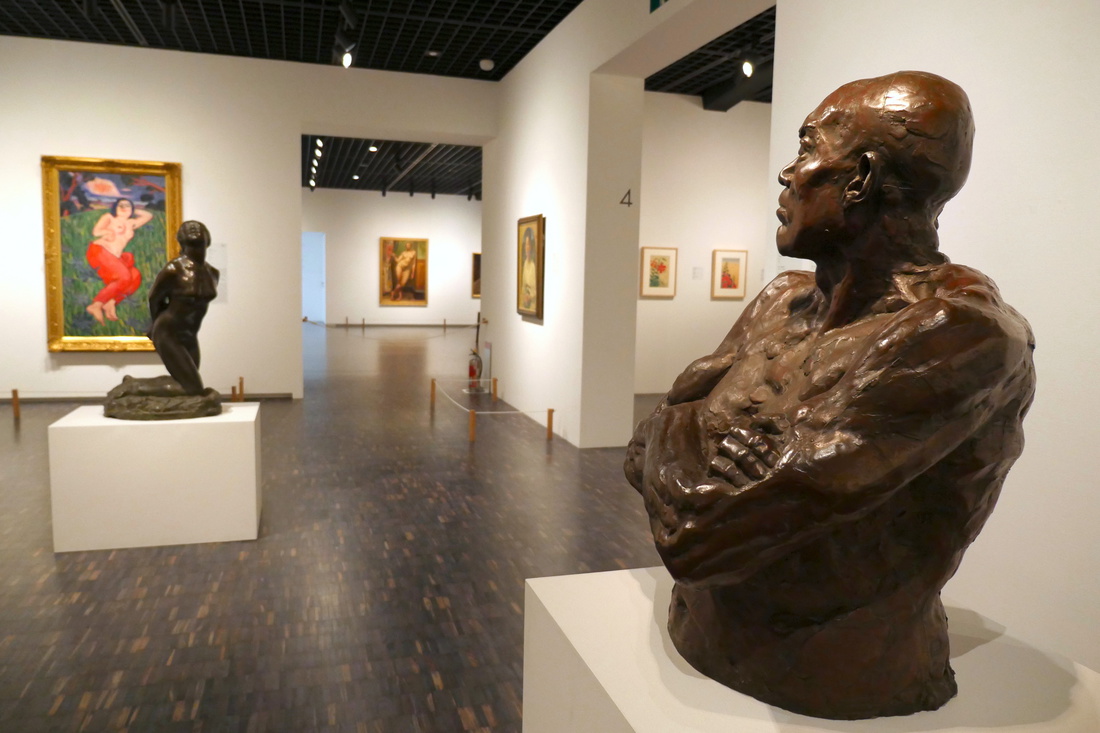
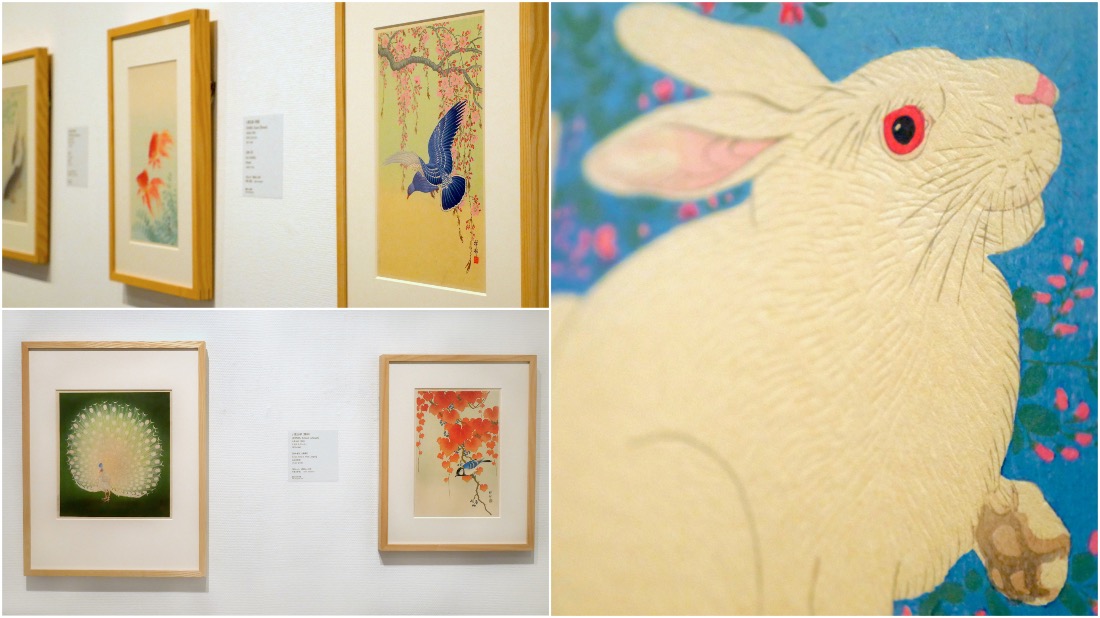
There is also an exhibition corner linked to the “Bauhaus 100 Japan Project” commemorating the 100th anniversary of the opening of Bauhaus in Germany. A special Bauhaus exhibition – that we visited, too – is currently being held at the Tokyo Station Gallery.
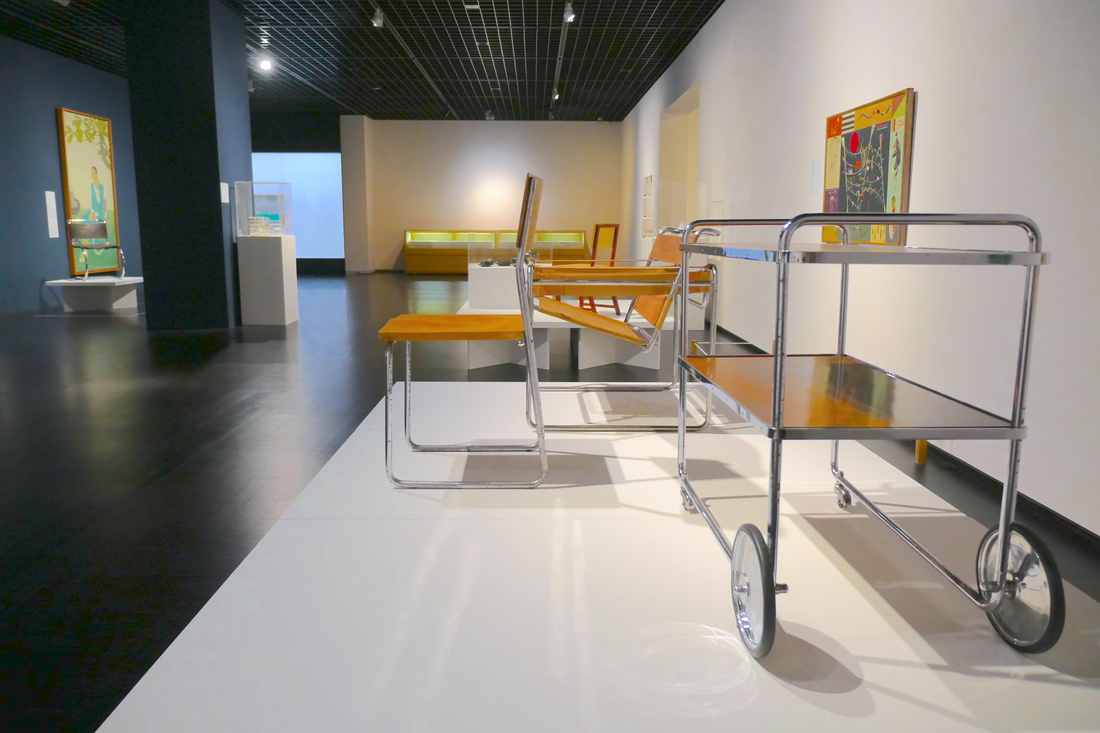
What I would particularly like to recommend is a small exhibition focusing on the work of Japanese artist Noboru KITAWAKI (1901-1951), “Kitawaki Noboru: To See the Universe in a Seed”. Kitawaki’s paintings show a mixture of plants, mathematical diagrams, the natural science of Goethe, and ancient Chinese divination. His collage-like works are very mysterious and absolutely fascinating! How surreal and original! The exhibition also displays the plants that became the model (or could have been the model) for his works. I loved the museum’s commitment!
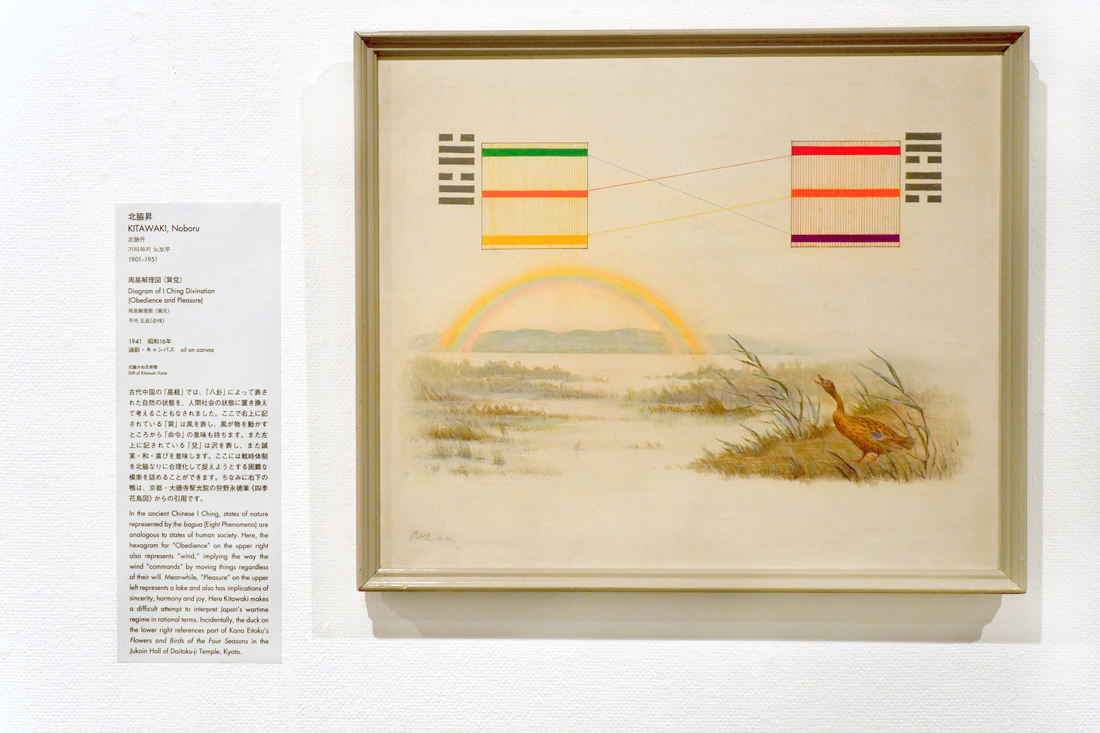
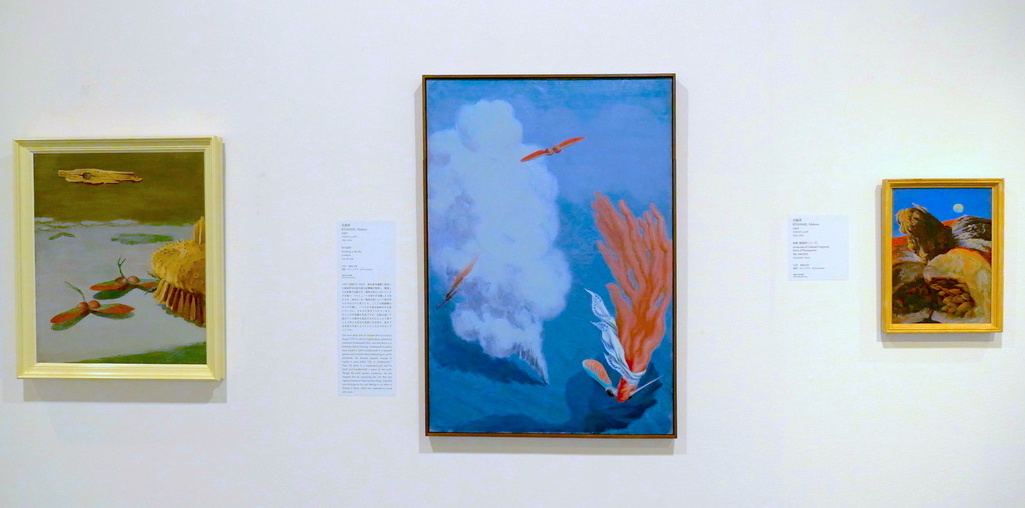
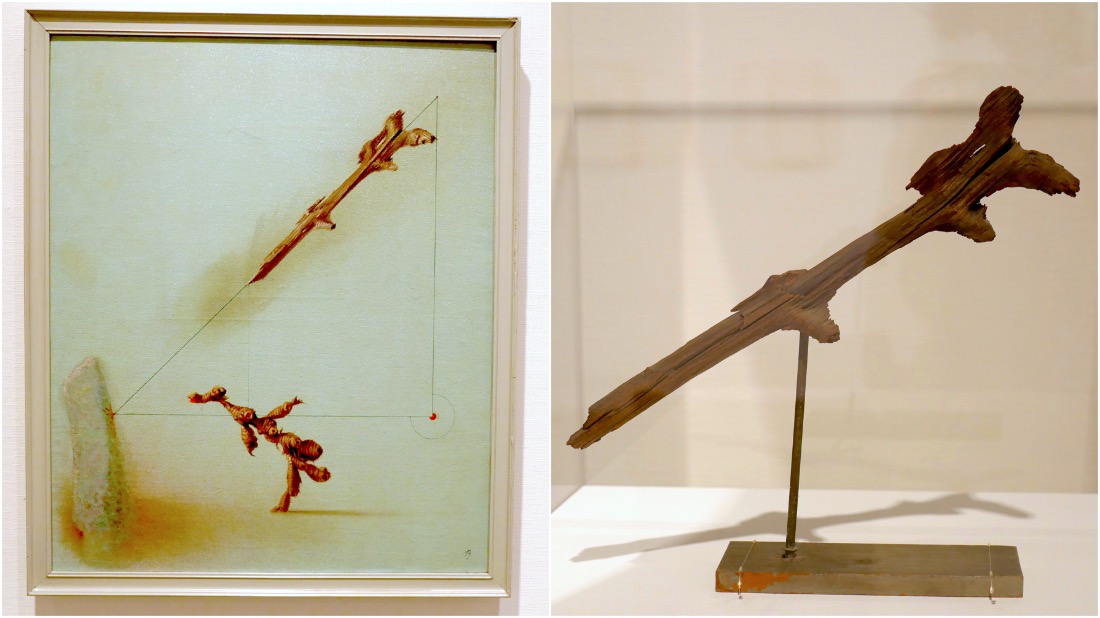
Another recommendation is the exhibition “Works of Japanese painters and artisans” on the 3rd floor in room 10. The works in this room are all about nature. Now that we can’t really go outside to travel and experience nature, this exhibition was really relaxing and healing.
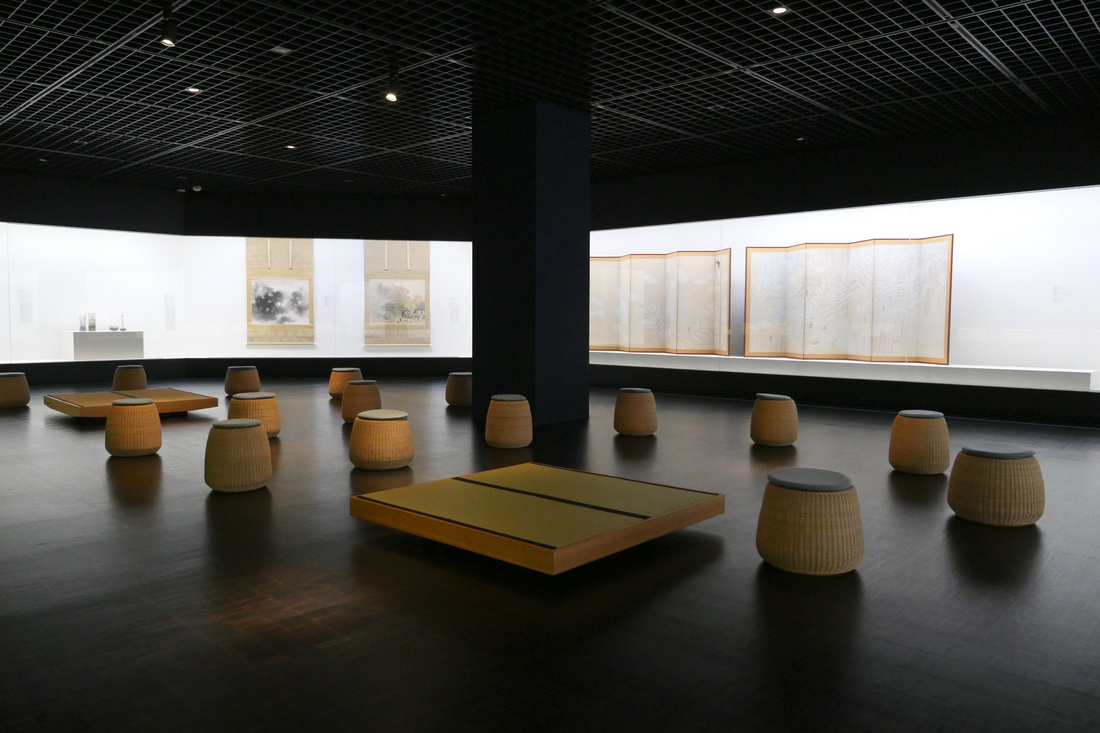
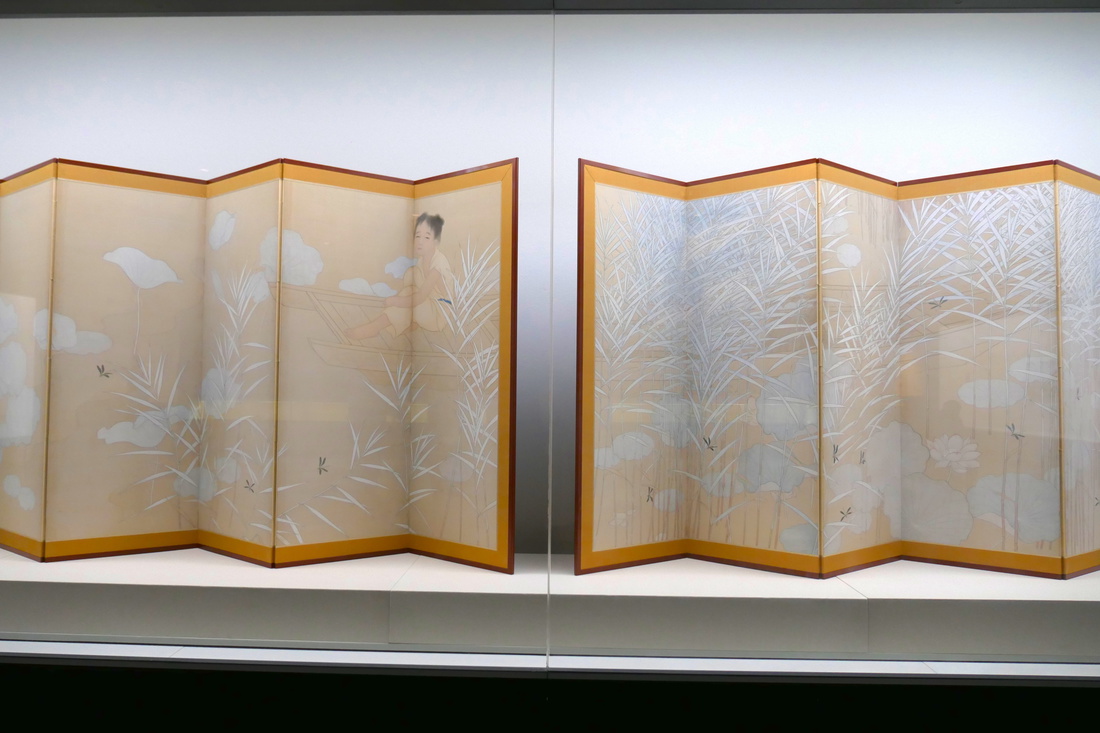
How did you like my short introduction to the MOMAT collection? This was only a glimpse of the huge exhibition which I can’t (and shouldn’t) introduce as a whole. So, if you got interested, please visit the MOMAT and go on a journey through the history of Japanese art! I’m sure you will make a bunch of exciting discoveries!
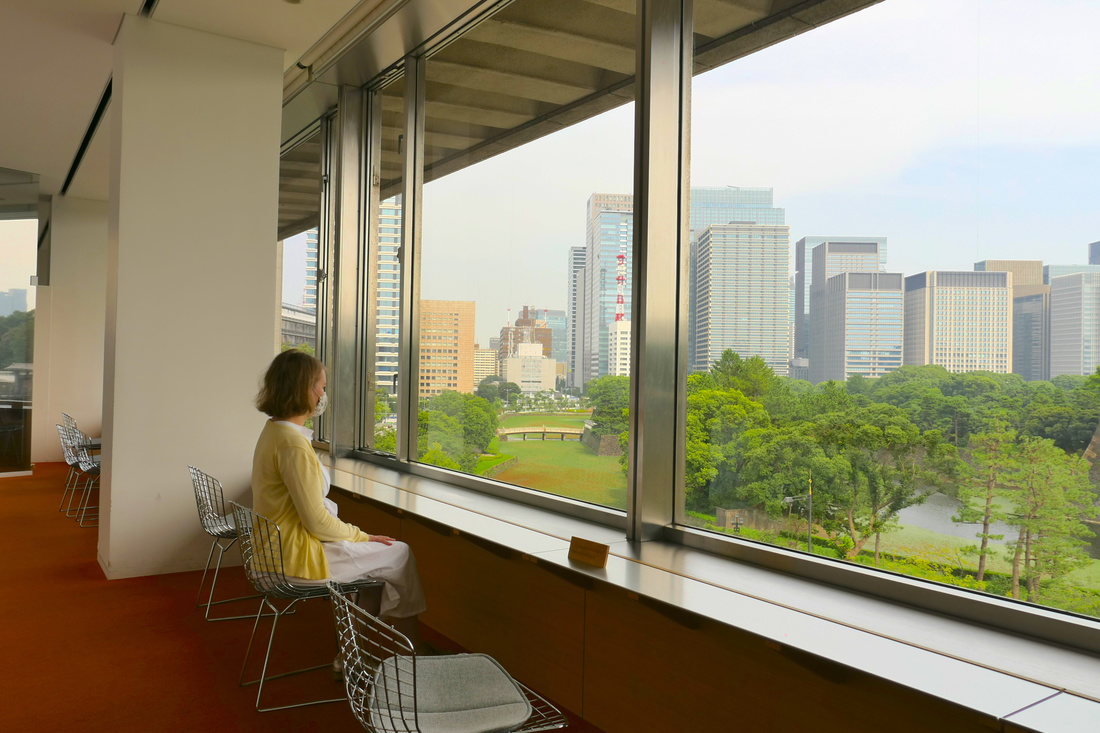
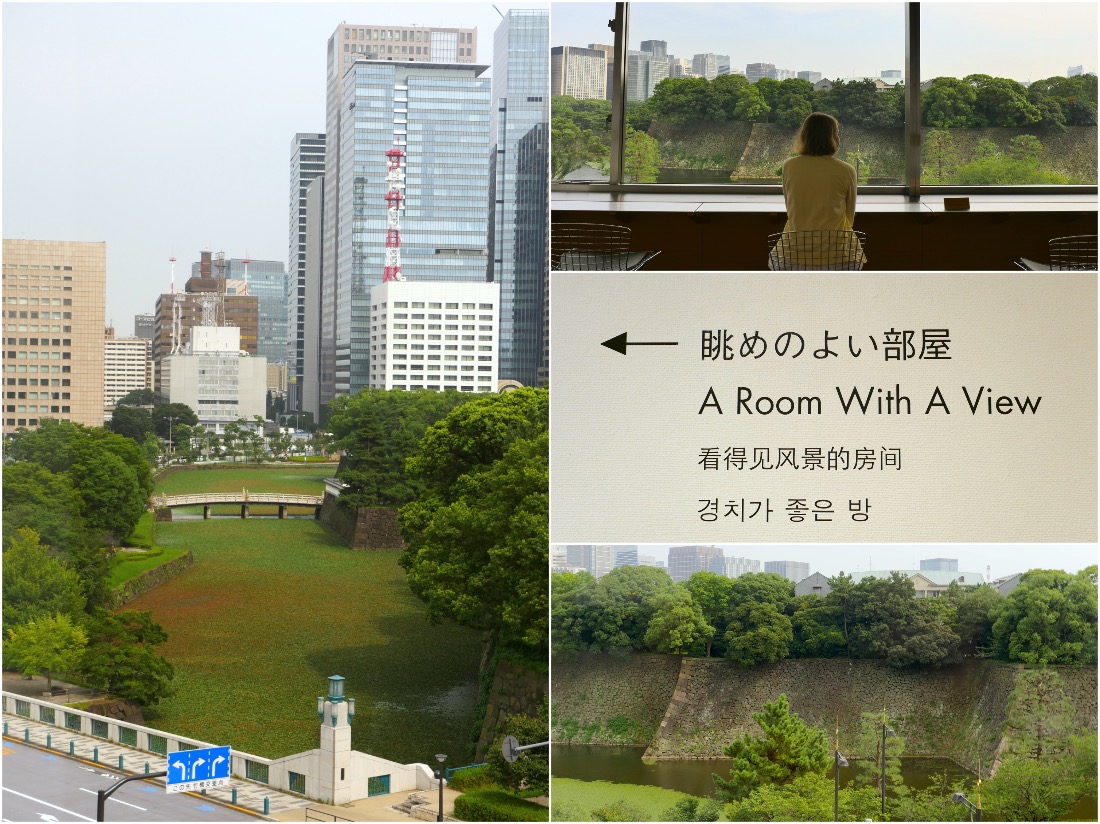
Collection Exhibition “MOMAT Collection”
(Period: June 20, 2020 – October 25, 2020)
*Simultaneously holding: Special Exhibition “Peter Doig”
(Period: February 26, 2020 – October 11, 2020)
(Day tickets are available at the museum, but you may not be able to enter immediately due to congestion at the venue, so please consider purchasing your ticket online in advance.)
National Museum of Modern Art, Tokyo
https://www.momat.go.jp
Twitter: https://twitter.com/MOMAT60th
Facebook: https://www.facebook.com/momat.pr
3-1 Kitanomaru-koen, Chiyoda-ku, Tokyo
Google Maps: https://goo.gl/maps/7jXfEzFb2SommFaf6
Nearest station: Takebashi Station, Kudanshita Station, Jimbocho Station


